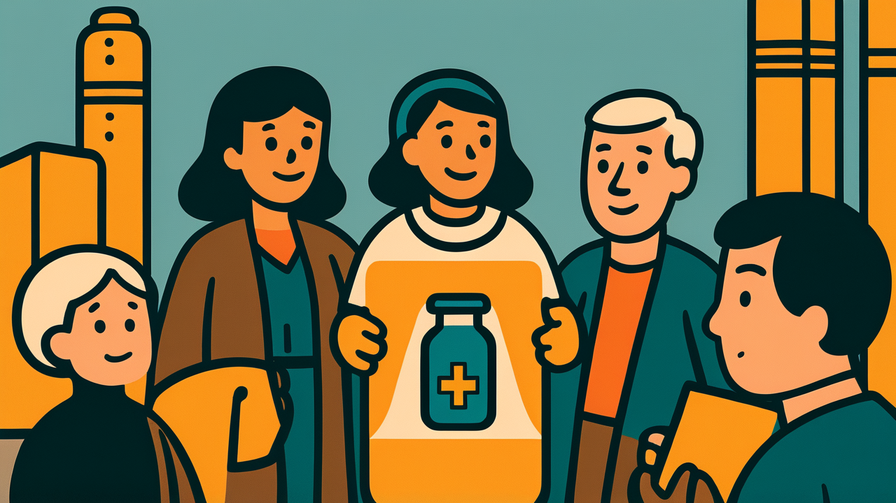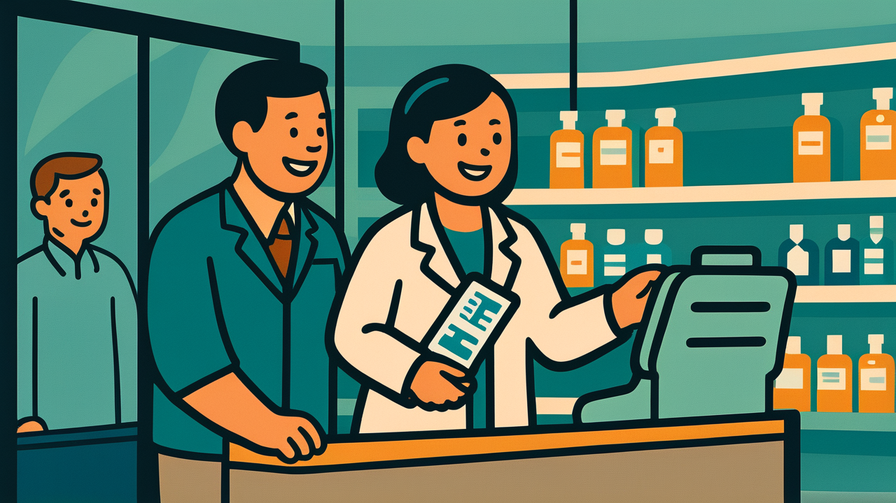[Disclaimer] This article is reconstructed based on information from external sources. Please verify the original source before referring to this content.
News Summary
The following content was published online. A translated summary is presented below. See the source for details.
The Australian government is introducing legislation to further reduce the cost of prescription medications. Starting January 1, 2024, the maximum price for a prescription under the Pharmaceutical Benefits Scheme (PBS) will be capped at $25, down from the current $30. This represents a more than 20% reduction in the maximum cost of PBS medicines, potentially saving Australians over $200 million annually. The government is also maintaining a price freeze for pensioners and concession cardholders, keeping their maximum cost at $7.70 until 2030. This initiative builds on previous efforts to lower medicine costs, including the largest cut to PBS medicine prices in January 2023 and the introduction of 60-day prescriptions. Prime Minister Anthony Albanese emphasized that this move aims to provide cost of living relief for all Australians, stating that healthcare quality should not be determined by financial status.
Source: Australian PM Media Centre
Our Commentary
Background and Context

The Pharmaceutical Benefits Scheme (PBS) is a key component of Australia’s healthcare system, providing subsidized prescription drugs to citizens. The Albanese government’s latest initiative continues a trend of making healthcare more affordable and accessible for Australians. This move comes amid rising global concerns about healthcare costs and the impact on citizens’ well-being and financial stability.
Expert Analysis
This policy change reflects a significant shift in healthcare prioritization, potentially impacting both consumers and the pharmaceutical industry.
Key points:
- The $25 cap represents the lowest PBS medicine cost since 2004, marking a substantial improvement in affordability.
- By freezing costs for pensioners and concession cardholders until 2030, the government is providing long-term financial security for vulnerable groups.
- The policy may influence pharmaceutical companies’ pricing strategies and could impact their revenue from the Australian market.
Additional Data and Fact Reinforcement
To understand the impact of this policy, consider these facts:
- In 2021-2022, the PBS provided 223 million subsidized prescriptions to Australians, according to the Department of Health and Aged Care.
- The Australian Institute of Health and Welfare reports that out-of-pocket healthcare costs have been rising faster than inflation in recent years.
- Compared to other OECD countries, Australia’s pharmaceutical spending per capita is relatively high, highlighting the importance of cost-reduction measures.
Related News
This policy aligns with global trends in healthcare reform. Many countries are grappling with rising medication costs and seeking ways to make essential drugs more affordable. For instance, the United States has recently passed legislation to allow Medicare to negotiate drug prices, while the UK’s National Health Service continually reviews its drug pricing policies.
Summary

The Australian government’s move to cap PBS prescription costs at $25 represents a significant step towards more affordable healthcare. While the immediate impact will be felt by consumers in reduced out-of-pocket expenses, the long-term effects on the healthcare system and pharmaceutical industry remain to be seen. This policy underscores the government’s commitment to addressing cost of living pressures through healthcare reform.


